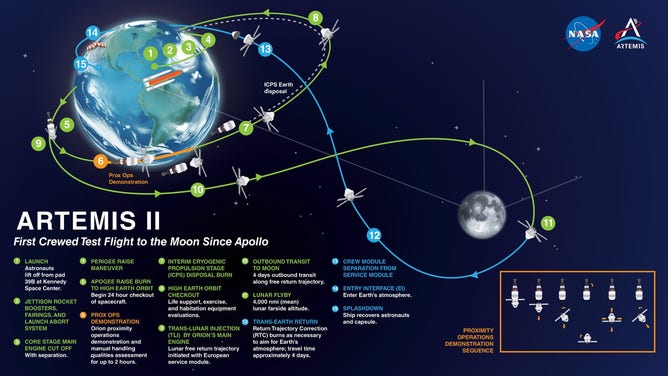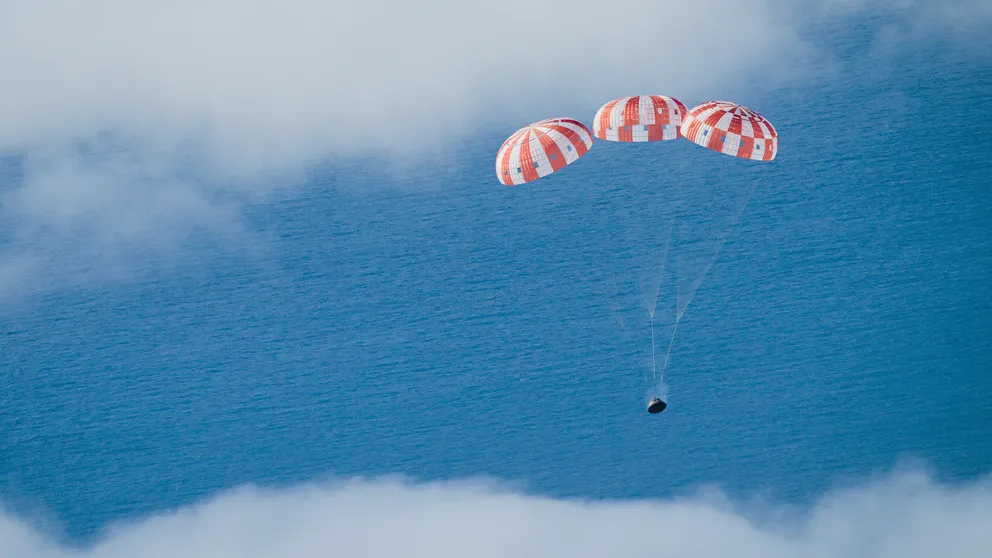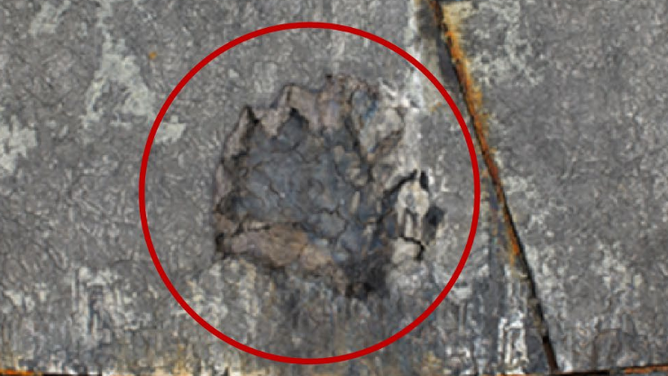Significant challenges remain before NASA attempts to launch humans into space during future Artemis mission
NASA previously announced the earliest Artemis II could launch would be September 2025. The report said by launch date, NASA will have spent more than $55 billion on the program. Premature preparation of the Space Launch System could lead to increased delays beyond the 2025 launch date.
Artemis 1 mission: Relive Orion's historic journey to the moon and back to pave way for future astronaut missions
On December 11, the successful splashdown of the Orion spacecraft in the Pacific Ocean marked the end of the Artemis 1 mission.
WASHINGTON – A newly released inspector general report is shedding light on significant challenges that remain with the Artemis program ahead of an attempt to launch humans into space in 2025.
The NASA Office of Inspector General audit highlighted several anomalies that the space agency must correct to ensure the safety of the crew.
NASA identified more than 100 locations where Artemis I’s thermal protective heat shield wore away differently than expected during its reentry in 2022.
Additionally, some bolts melted, and there were at least two dozen instances of power distribution anomalies.
On the ground during the program’s first launch, significant damage was done to the launch facility, which could have led to catastrophic damage to the rocket or the spacecraft if debris were to come in contact with them.

Artemis II mission plan
(NASA)
NASA DELAYS ARTEMIS ASTRONAUT LAUNCHES TO THE MOON
"We are doing something incredibly different. In the process of all this, as we remind everybody at every turn, safety is our top priority," NASA Administrator Bill Nelson stated earlier this year regarding Artemis delays.
The space agency intends to launch a team of astronauts aboard Artemis II around the Moon and venture into space further than any human has gone in September 2025.
That date may be in flux, with modifications and some testing taking longer than anticipated.
"While NASA officials consider Artemis I an overall success, providing important data and lessons learned, the mission also revealed significant technical issues that the Agency needs to address ahead of Artemis II. Most importantly, identifying and mitigating the root cause of the Orion heat shield and separation bolt melting and erosion issues will be crucial for the Agency moving forward," authors of the report stated.
NASA has paid closer attention to potential damage to orbiters’ thermal protection systems ever since foam struck the Space Shuttle Columbia in 2003, leading to its catastrophic breakup during reentry.
REPORT FINDS ARTEMIS III MOON LANDING LIKELY YEARS BEHIND SCHEDULE
The crewed Artemis II mission is expected to test the capabilities of life support systems and pave the way for a landing on the Moon during Artemis III.
The last crewed landing on the Moon was Apollo 17, which occurred in December 1972.
It is estimated that by 2025, NASA will have spent more than $55 billion on the Artemis program, which is considered to be the most complicated endeavor since the Apollo series.
The report did not address delays or technicalities encountered by partners such as SpaceX and Axiom and solely concentrated on results from the Artemis I mission.
A recently released report by the U.S. Government Accountability Office found that the earliest humans would return to the Moon is in 2027.
NASA has planned for at least 11 Artemis launches that will deliver supplies and astronauts to a lunar space station and aid in the exploration of the Moon’s surface.
Axiom Space reveals new Artemis III spacesuits
NASA and Axiom Space revealed their new modern spacesuits Wednesday morning. Fox News correspondent Phil Keating has the latest with an exclusive look.



